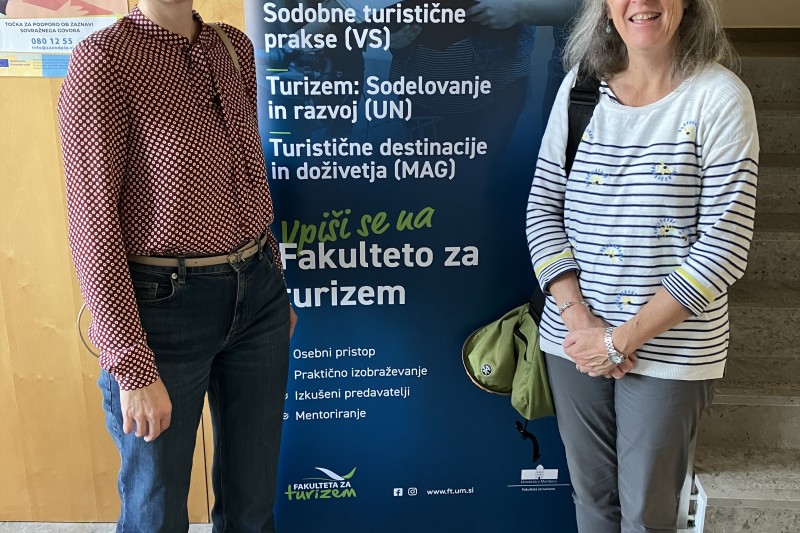BU’s research has been at the heart of a dynamic repositioning of culture, working directly with the UK’s largest conservation charity, the National Trust, to make heritage accessible to a wider audience. The research has demonstrated visitors can enjoy properties without compromising aesthetic and historic integrity and researchers have developed methodologies to achieve this.
Steve Calver and his colleagues developed a visitor research methodology for data collection, analysis and dissemination to provide timely information to property managers. The technique was delivered to 200 properties out of the currently listed 272.
BU researchers acted as ‘missionaries’, training staff at the given properties on feedback distribution and the importance of the National Trust’s visitor-centred and inclusive strategy. BU researchers have worked with properties across England, Wales and Northern Ireland, including archaeological sites, historic houses and managed countryside. Training continues to date.
The visitor research methodology identified measurable drivers of enjoyment at historic properties as the means of tracking management and visitor behaviour. This included measurement for factors such as recommendation, revisit behaviour, value for money and enjoyment ratings. For example, a common theme was how wet weather affected visitors’ levels of enjoyment. Changes took place at a local level to address this, such as improvements to a site’s wet weather facilities and increased indoor activities.
This metric for assessing visitor enjoyment has contributed to the success of the National Trust’s organisational change to and make heritage accessible and more enjoyable to a wider audience.
In the last five year the organisation has seen membership increase from 3.6 million to four million, with visitor numbers increasing from 15 million to 19 million and volunteer numbers increasing from 55,000 to 67,000 during that period. This is evidence of increased visitor enjoyment.


